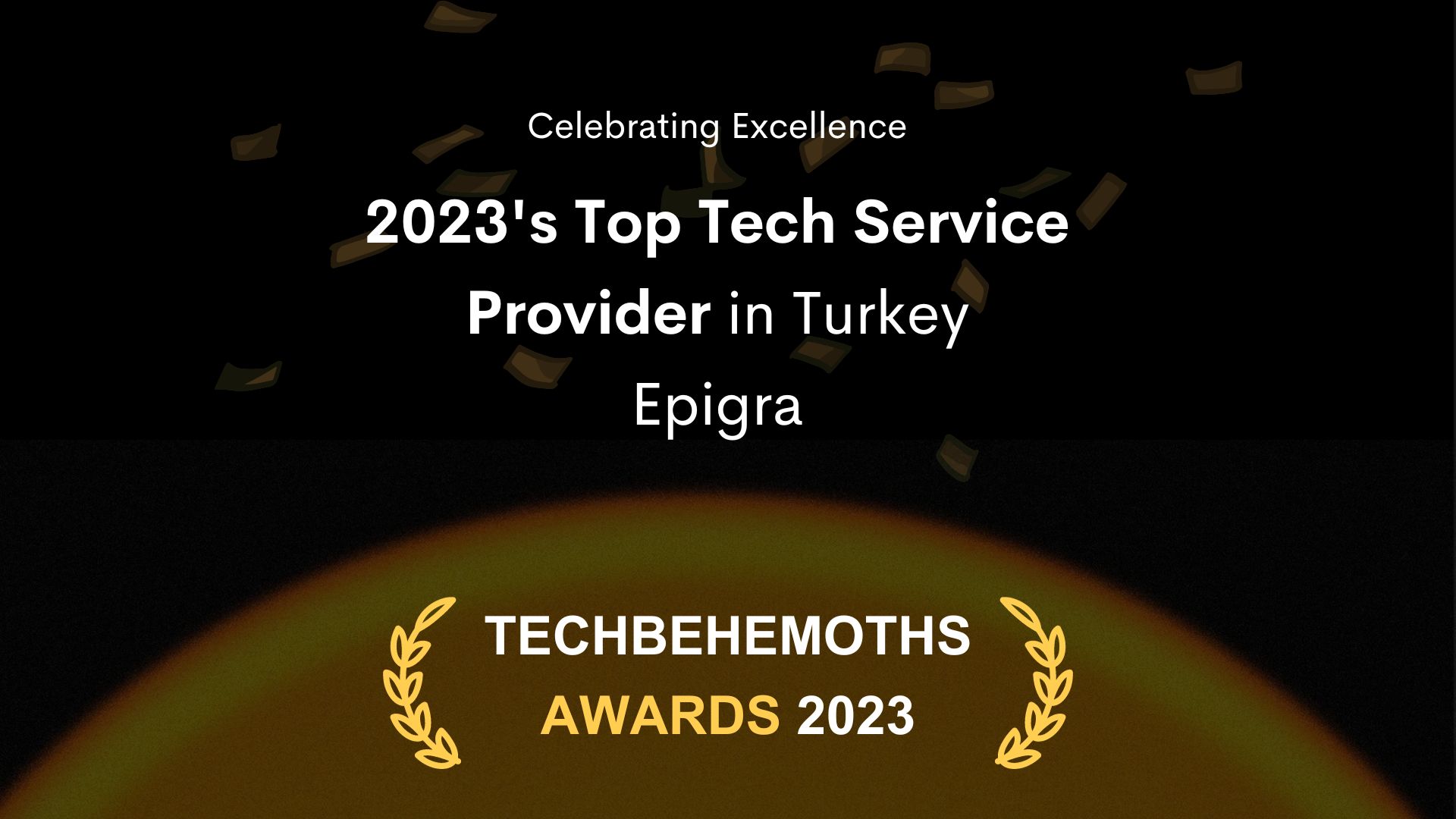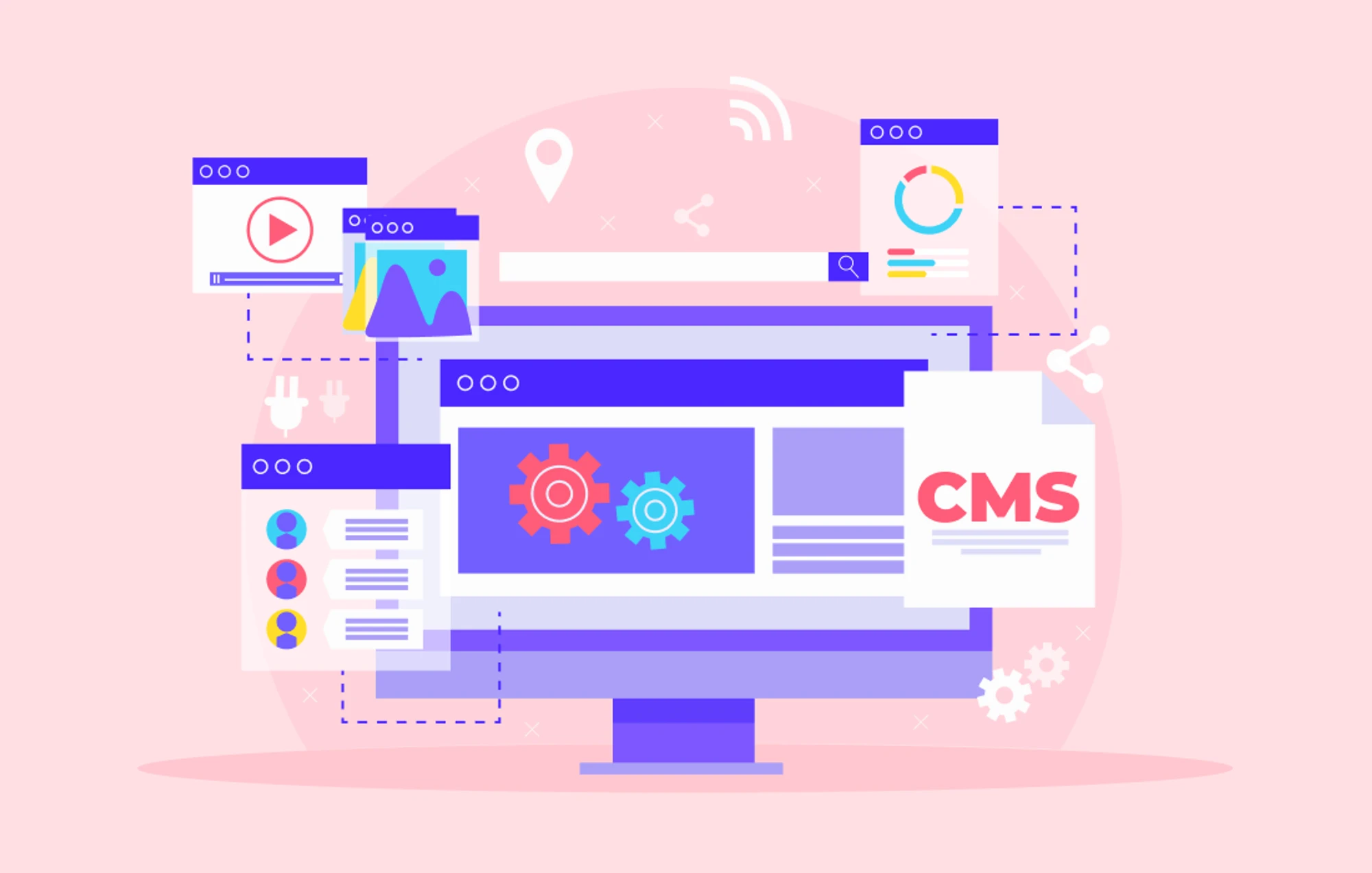
Firstly, it's essential to understand what a CMS (Content Management System) is. A CMS is software or an application that simplifies the creation, editing, and management of digital content. It streamlines the process of updating and organizing content on platforms like websites, enabling users to manage their sites independently.
Such systems allow the addition, editing, and deletion of various media types, including text, images, and videos. They offer features like user management, authorization, and template management, facilitating collaboration among multiple users. Popular CMSs are designed to meet diverse needs and accommodate users with varying technical skills.
A Headless CMS, in contrast, offers capabilities for creating, editing, and managing content but delivers it independently from the server. Unlike traditional CMSs, which handle content creation, editing, and storage, a headless CMS solely manages content and makes it accessible on different platforms (such as websites, mobile apps, IoT devices, etc.) through APIs.
CMSs enable publishers to create and manage content independently, allowing for content production across various channels, including websites, mobile apps, and voice assistants.
Key Differences Between Traditional CMS and Headless CMS
1. Maintenance
Traditional CMS: Traditional CMSs typically provide a user-friendly interface for content management and updates. However, since the content and front end are interconnected, updating or adding new features often requires system-wide maintenance. This can lead to temporary downtime for the site or application.
Headless CMS: A headless CMS manages content independently from the server, meaning front-end updates do not impact content updates. Maintenance processes can be quicker and smoother since the content and front end are separate.
2. Flexibility
Traditional CMS: Traditional CMSs often rely on specific templates and tightly couple content with the front end, which can complicate content sharing across different platforms (web, mobile, IoT).
Headless CMS: Offering much more flexibility, a headless CMS delivers content through APIs. This approach enables content to be used on various platforms, facilitating simultaneous sharing across multiple channels.
3. Development Speed
Traditional CMS: A deployed traditional CMS usually includes many components, and adding custom features can be time-consuming. Additionally, any changes often impact the entire system.
Headless CMS: Headless CMSs provide developers with the flexibility for faster and easier content integration. With the front end and content being independent, developers can implement changes more swiftly and add new features with ease.
4. Scalability and Performance
Traditional CMS: Traditional CMSs can lead to performance issues as they scale. High-traffic sites or applications might require additional hardware and resources for scaling.
Headless CMS: Managing content distribution through APIs, a headless CMS can offer better scalability and performance. Its ability to tailor content delivery to specific platforms means it can provide more effective service as it grows.
Examples of Headless CMS: Which is Best for Your Projects?
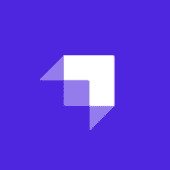
1. Strapi:
- Pros: Strapi is notable for its open-source nature, user-friendly interface, and extensive customization options. It also provides built-in multi-language support. The platform offers a flexible structure for developers and supports integration with various database options. It features Webhook, REST API, and GraphQL support, along with a robust plugin ecosystem.
- Cons: Some users report a steep learning curve and potential challenges for beginners due to its complexity. Server restarts after changes can be slow. As Strapi is continuously evolving, keeping up with updates is crucial.
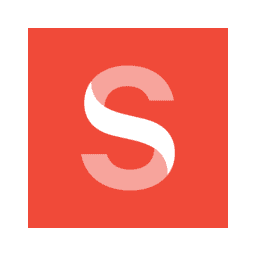
2. Sanity:
- Pros: Sanity offers a fast, flexible interface for content creation. Its configurable schema and rich text editors simplify content production, with a strong focus on the developer experience. The Sanity Studio feature is highly functional and user-friendly. Additionally, Sanity utilizes its open-source query language, GROQ, an alternative to GraphQL, known for being easy to learn, powerful, and intuitive.
- Cons: Multi-language support is not included in the base setup but can be added via plugins. Learning GROQ, while specific to Sanity, may require additional time. The development process can be lengthier compared to other services.
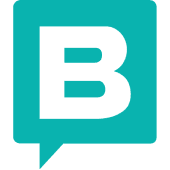
3. Storyblok:
- Pros: Renowned for its ease of use, Storyblok excels in visual content management, offering a flexible experience by organizing content into blocks. It supports multiple languages.
- Cons: Some users have criticized its interface as less developer-friendly. Additionally, certain features may incur extra costs, so careful consideration of pricing is necessary.
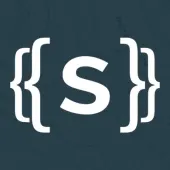
4. Statamic CMS:
- Pros: As a Flat-File CMS, Statamic doesn't require a database, leading to quick setup and easy management for simpler projects. Its Laravel base ensures compatibility with the Laravel ecosystem. The user-friendly control panel and template engine facilitate easy content management and customization. Statamic is particularly intuitive for content editors and boasts a comprehensive plugin library.
- Cons: Statamic's less widespread use compared to other popular CMSs may result in limited community support and resources. Its Flat-File structure might not be ideal for very large or complex projects. The licensing cost could be prohibitive for small projects or individual developers.
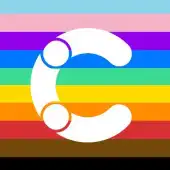
5. Contentful:
- Pros: Contentful stands out with its extensive integration options, scalability, and user-friendly interface. Its RESTful APIs simplify content distribution across different platforms.
- Cons: The subscription plan limits the number of content types per space, potentially making it costly for small-budget projects. Some users have called for more customization options in the development process. Content preview features are somewhat limited compared to other alternatives.

6. Contentrain:
- Pros: Contentrain focuses on optimizing content creation processes, designed with content editors in mind. This git-based software allows users to easily plan and distribute content. It's free for all kinds of open-source projects to manage documentation content collaboratively with large communities.
- Cons: Its lesser adoption may mean limited user experiences and feedback. Functional features like Webhook and file manager are anticipated but not yet implemented.

7. Directus:
- Pros: Directus offers personalized branding customization, an intuitive user-friendly front end, and straightforward SQL database content management, ensuring seamless system interaction and navigation. The content processing is managed more effectively and fluidly.
- Cons: A downside is that content fields can occasionally experience functionality issues, necessitating their deletion and recreation to resolve problems. Additionally, the introduction of complex new features may require extra documentation, posing challenges for users who wish to understand and implement these functionalities.
Remember, every CMS not mentioned here has its unique advantages and disadvantages. Exploring these and choosing the right CMS based on your project's requirements and scale is extremely important.
For more detailed information about identifying, configuring, and integrating the most suitable CMS for your needs, click here to contact us
“Writing is seeing the future.” Paul Valéry


